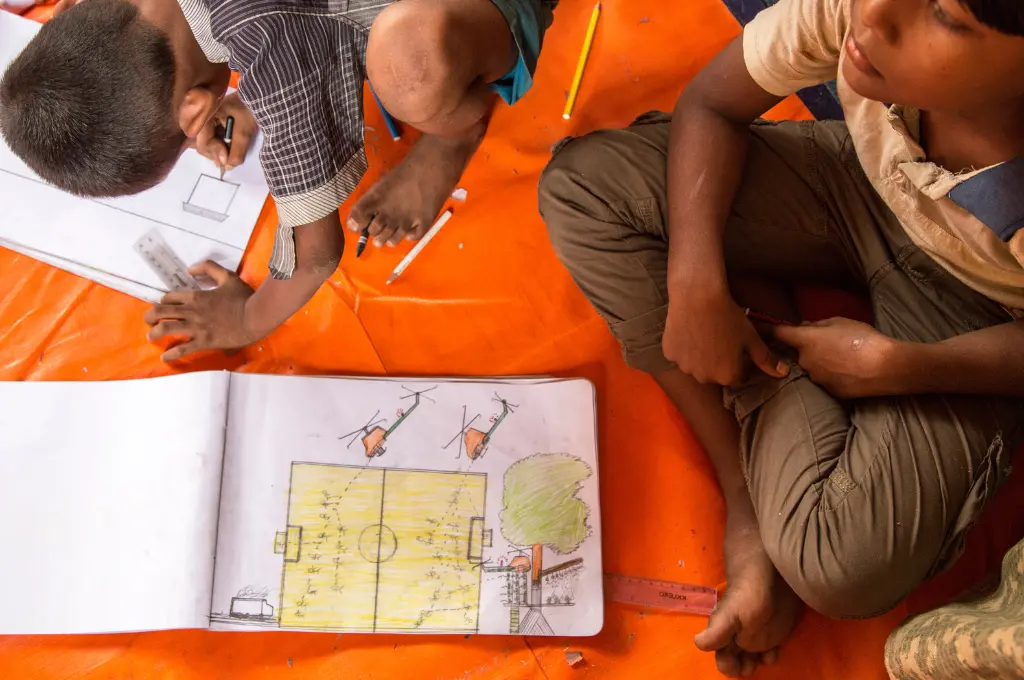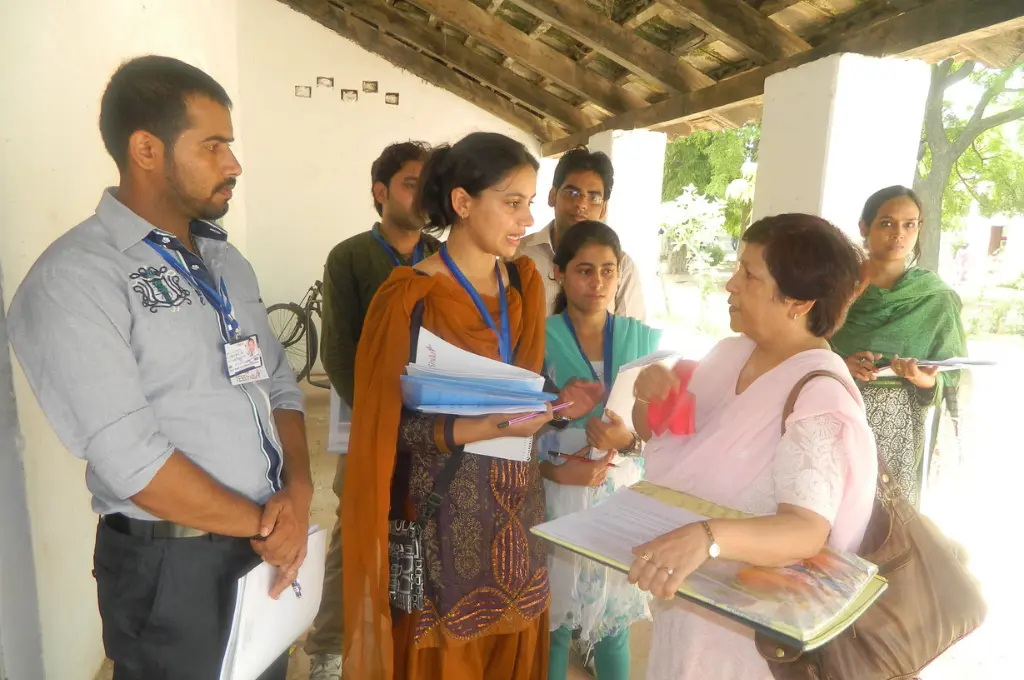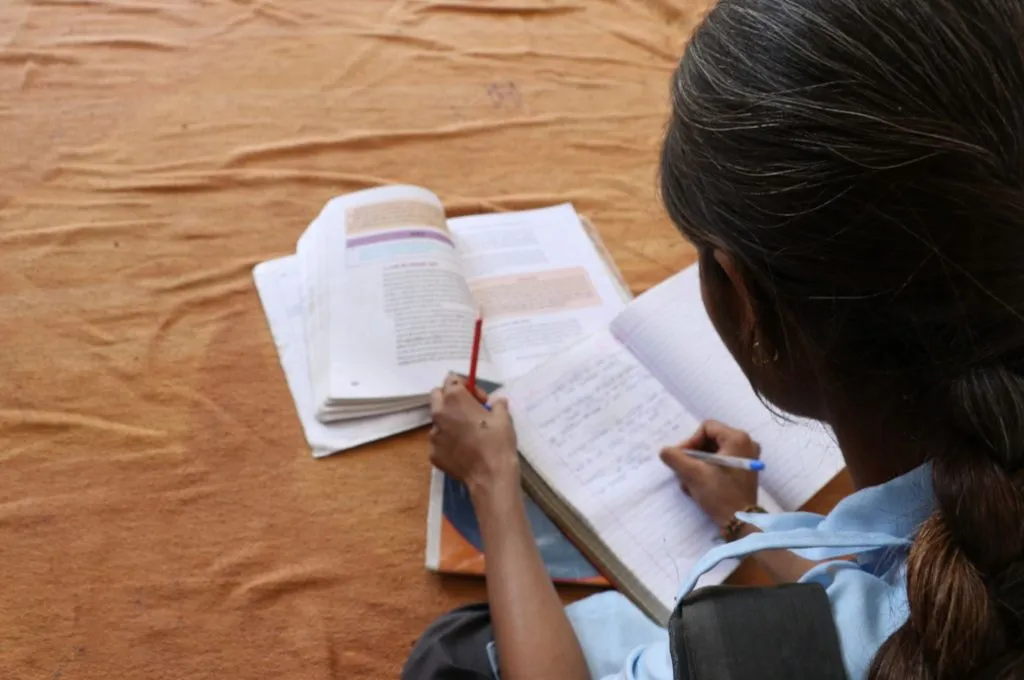The Graduation Approach (GA) is a proven way to sustainably build and protect the livelihoods of people living in extreme poverty. It was first developed by the Bangladeshi NGO BRAC as an intensive and holistic solution to the complex challenges of extreme poverty, combining cash support, asset transfers, training, mentoring, savings, health care linkages and other components delivered in a sequenced and time-bound programme.
As the GA has been utilised and adapted by multiple organisations over time, in recent years a less prescriptive focus has evolved, with a broader goal of economic inclusion. In particular there have been successful efforts to leverage existing government services and market opportunities in GA programmes, build on what is already in place, and use the GA to connect, strengthen and supplement other poverty alleviation efforts.
As these adaptations have developed, one area that has received little attention is whether the “lens” of the GA can be applied to contexts beyond extreme poverty, addressing other situations where a complex set of factors lead to unsustainable and vulnerable livelihoods. Once such context is forced relocation, where livelihoods are severely impacted by climate change, infrastructure projects such as mining, or other disruptions that force people to permanently leave their homes. Whereas most livelihood projects that aren’t focused on extreme poverty would not require the intensity of the GA, relocation creates a similarly multi-dimensional and complex challenge.
In this article, I’ll share lessons from a two-year pilot in Guinea that tested the applicability of the Graduation Approach in rebuilding the livelihoods of a community that was relocated due to mining activities. The project was implemented by a local non-governmental organisation on behalf of the mining company, and I supported it as a consultant. I’ve left key names and references out of this article to protect the anonymity of the community and organisations involved.
Adapting the Graduation Approach to a relocation context
The community consisted of around 1,000 people living in a thriving regional town that has rapidly developed due to the presence of mining and related commercial activity. The community was relocated from a downtown market area to an area five kilometres from the town centre. As a result, most of the families who had been running informal enterprises around the market found that they could no longer do business downtown due to the cost of transport. There was another marketplace near their new area, but it was small with few opportunities for new traders, so most of these entrepreneurs had no choice but to trade mainly within their own community.
The pilot project aimed to help this community rebuild and expand their livelihood activities and establish a sustainable economic base in their new location. These community members may not have been living in extreme poverty, but many were struggling to create new livelihoods in a context where they were unfamiliar with market conditions, lacked the skills or social networks to engage effectively in self-employment or take up employment opportunities, and suffered from social and economic exclusion.
To respond to these challenges, the project incorporated the main elements of the Graduation Approach, but adapted it in three ways:
- Targeting the whole community: Rather than targeting the “extreme poor,” the project included all relocated households.
- Adapting activities: The broadening of the target group led to a focus on addressing the needs of people with a wider range of economic and social profiles, and to the identification of a small group of people with larger businesses who required a less holistic approach—something the project termed the “business support component.”
- Market strengthening and community integration: The project included elements designed to enhance local markets and integrate the relocated community with other surrounding communities. For example, a marketplace was constructed by the mining company that would attract outsiders to come into the community, increasing the level of economic activity.

Leveraging the Graduation Approach to rebuild after relocation
The Graduation Approach typically aims to address the multi-dimensional nature of poverty. Rather than tackling a single element—such as enabling people to invest in an income-generating activity through microcredit—the approach identifies the constraints that face targeted populations and the opportunities available to them. The aim is to build households’ capacity to better manage their livelihoods, so they can break out of “poverty traps” and sustainably integrate into the mainstream economy.
The GA does not prescribe a set of interventions: Rather, it builds on people’s capabilities and links to existing civil society and services to develop a programme that addresses the multiple vulnerabilities and needs of different participant groups. As classically implemented, this process involves targeting those segments of the community that are economically (and often socially) the most marginalised. But in the context of a relocated community, the aim is to enable the whole community to rebuild their livelihoods—therefore the conventional GA focus on targeting the most vulnerable is not necessarily appropriate.
While the GA is commonly used in a refugee/displaced persons context, forced relocation of a community is a new setting for this approach. The project generated a number of lessons that highlight how the GA can be leveraged to address the complex challenges created by relocation. At the heart of these challenges are the issues created by being in a new location. For instance, while relocated people may have existing levels of experience, skills and capital, they may lack the ability to apply these in a new context. Their previous livelihood activities may no longer be relevant, their knowledge about local market conditions or opportunities may be lacking, and they may not have the social capital needed to build and engage with a customer base in their new environment.
In addressing those challenges, the project highlighted the following lessons:
Tailoring support to different needs
The GA is typically implemented with a fairly homogenous group composed of the most vulnerable members of a community, so a standard set of interventions can be designed that are used with all participants. But when the approach is focused on a whole community, there is much greater divergence of experience, needs and capacity. It is therefore important to segment the target community, and to design a project that adjusts the level of intensity of support needed. In this context, the project included a “Graduation” component focused on the more vulnerable community members, who received a typical range of support including participation in savings and credit groups, a cash stipend to help stabilise their situation and enable them to save, an asset transfer to start or build a business, training in financial capability and business skills, and regular support and monitoring by a mentor. A “business support” component included those with stronger businesses less affected by relocation, who received a cash investment, tailored business support and linkages to credit.
But while these different groups were easy enough to segment when the project was designed, in practice this distinction was less clear. We soon realised that the challenges of integrating into a new environment created by relocation were not adequately reflected in the project design, and even those community members who appeared to have stronger livelihoods in our initial assessment actually required key elements of the Graduation component to support their integration into a new economic and social environment. For example, most members of the business support component joined a community savings group—an intervention initially targeted to the Graduation component. The mistrust created by the relocation process also meant that data collected during our assessment was often incomplete or misleading—something that further complicated our efforts to accurately segment the community into different groups. This experience highlights the importance of good communication to build trust and understanding in what is often a difficult and confrontational relationship between a community and the company that’s forcing the relocation. For instance, in the context of this project, the traditional approach of the company paying compensation to relocated households had led to a lot of dissatisfaction and tension. But through close engagement with the community over the two-year pilot, the project helped thaw these relations and build a new level of communication.
Addressing the psychosocial impacts of relocation
In the context of GA programmes focused on community relocation, relationships with project staff (and the company forcing the relocation) are perhaps more critical and potentially challenging than in a typical Graduation programme. In our experience, the negative impacts of relocation created a sense of “entitlement,” in which community members expected compensation from the project, as it was associated with the mining company. This expectation undermined the project’s intended focus on self-reliance and sustained benefits, and made this a difficult message to communicate.
This challenge highlights the need for strong lines of communication and an ongoing process of building community understanding and trust. Through deep engagement and regular contact with community members via mentors—who lived in the community and visited households regularly—the project built this understanding and trust over time. This spilled over into increased dialogue between the community and the mining company more generally, leading to a recognition within the company of the value of the Graduation Approach. The company is now using the GA as part of its work to support other communities impacted by its mining activities.
In conclusion, the experience of implementing the Graduation Approach with an entire relocated community in Guinea demonstrates the value that a “Graduation lens” can bring to efforts to tackle complex livelihood challenges that go beyond extreme poverty. The project illustrates the huge potential of using the approach in a range of contexts where communities are forced to relocate, whether that’s due to infrastructure projects or the impacts of climate change.
This article was originally published on NextBillion.





